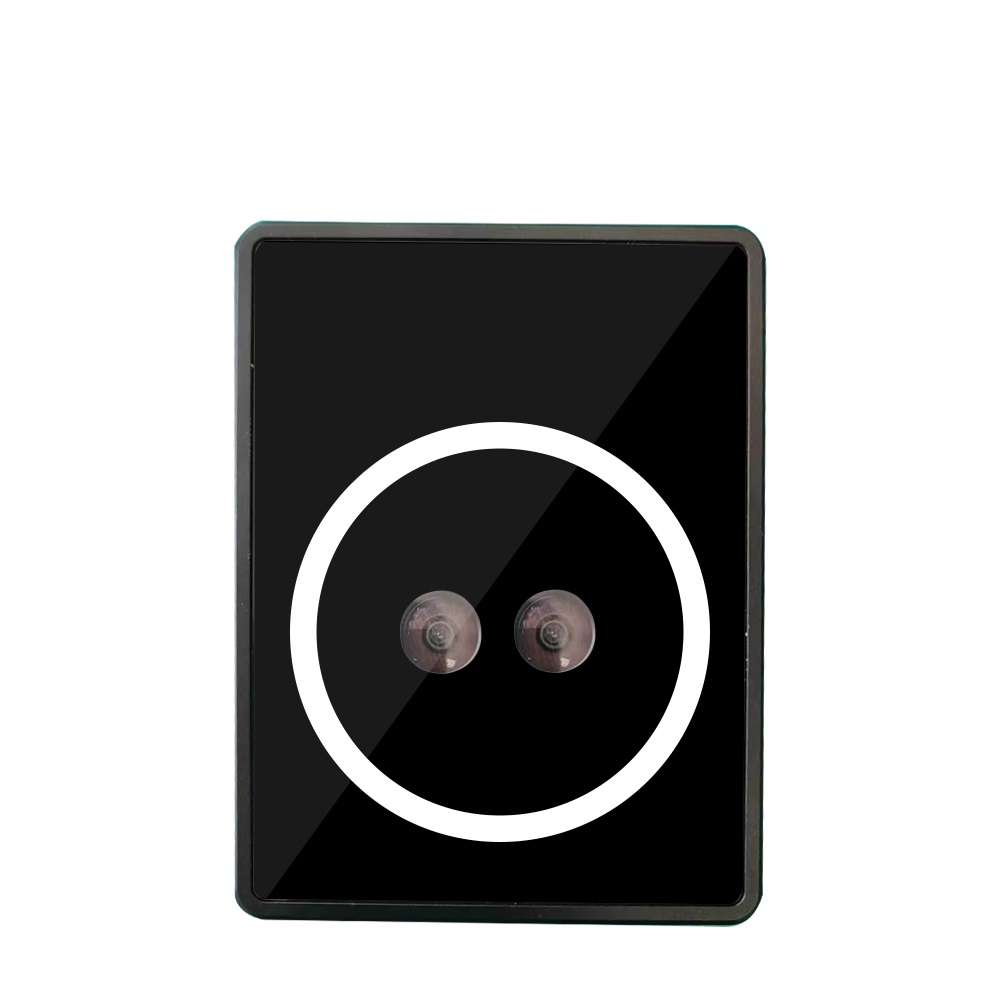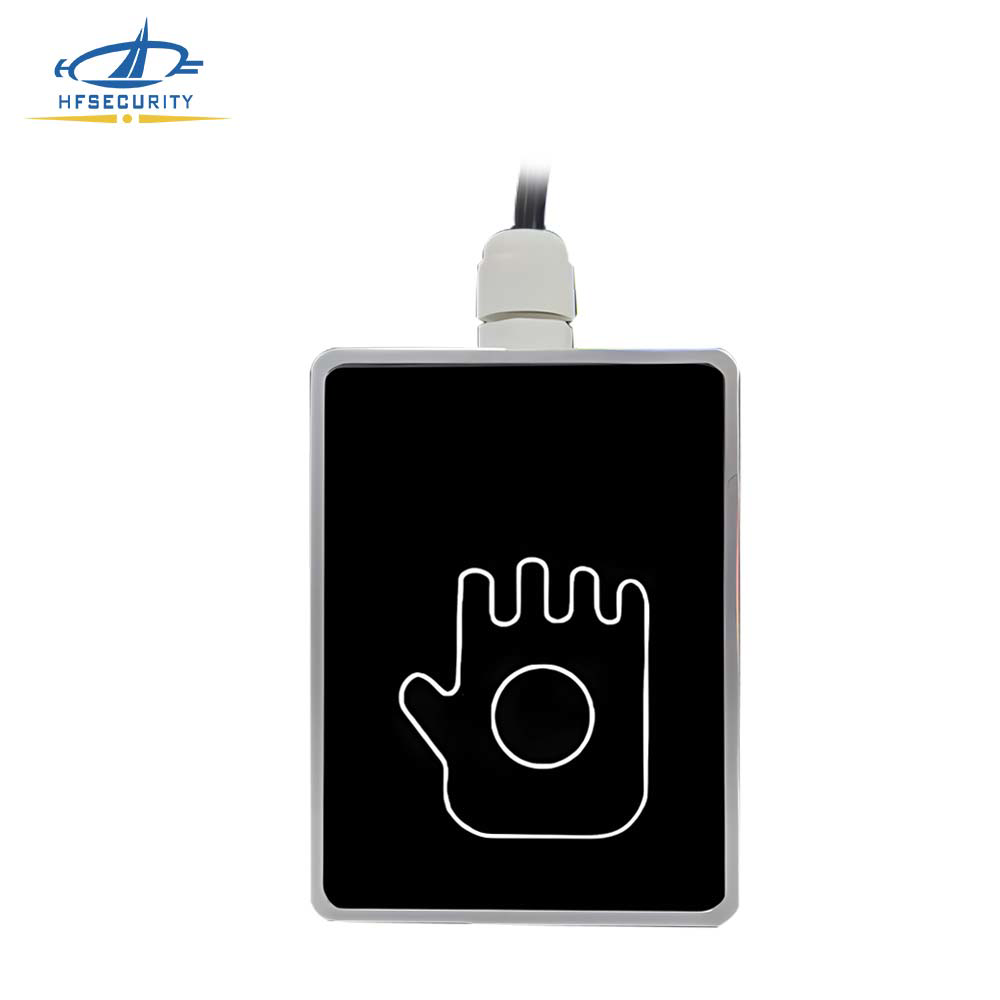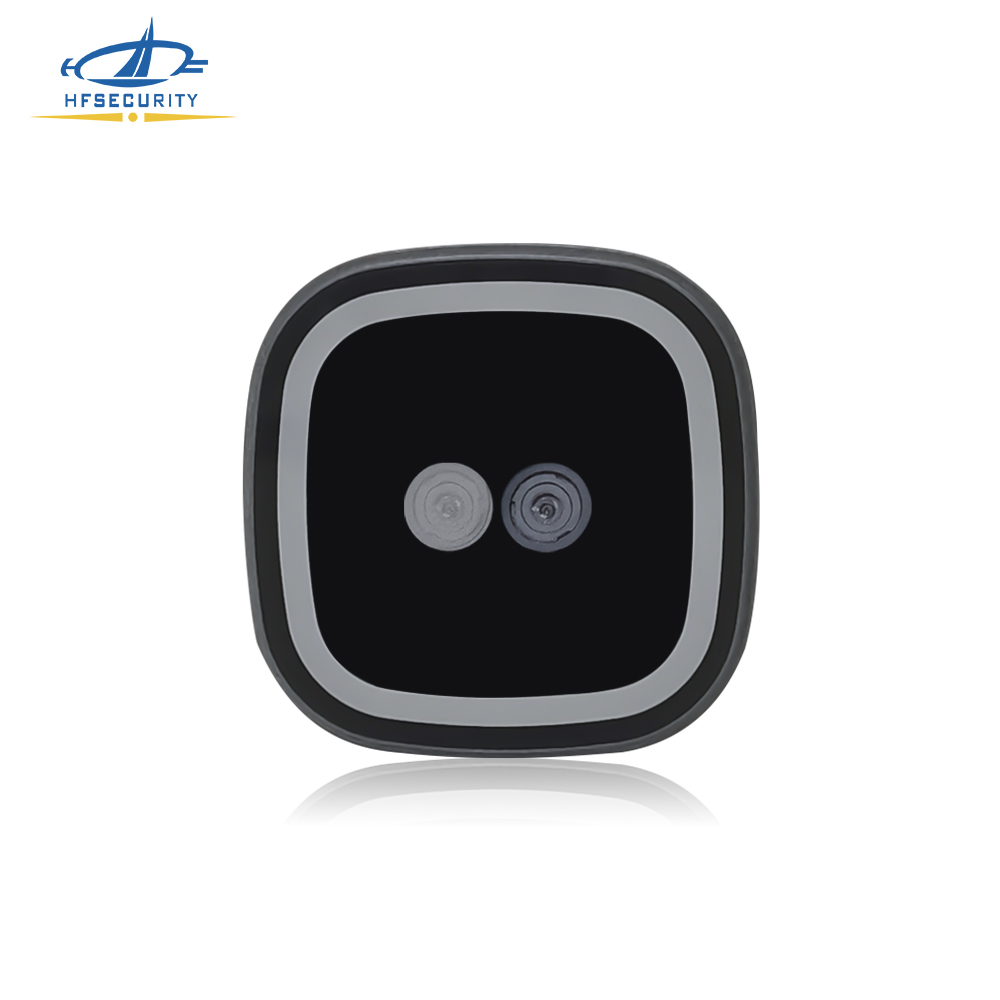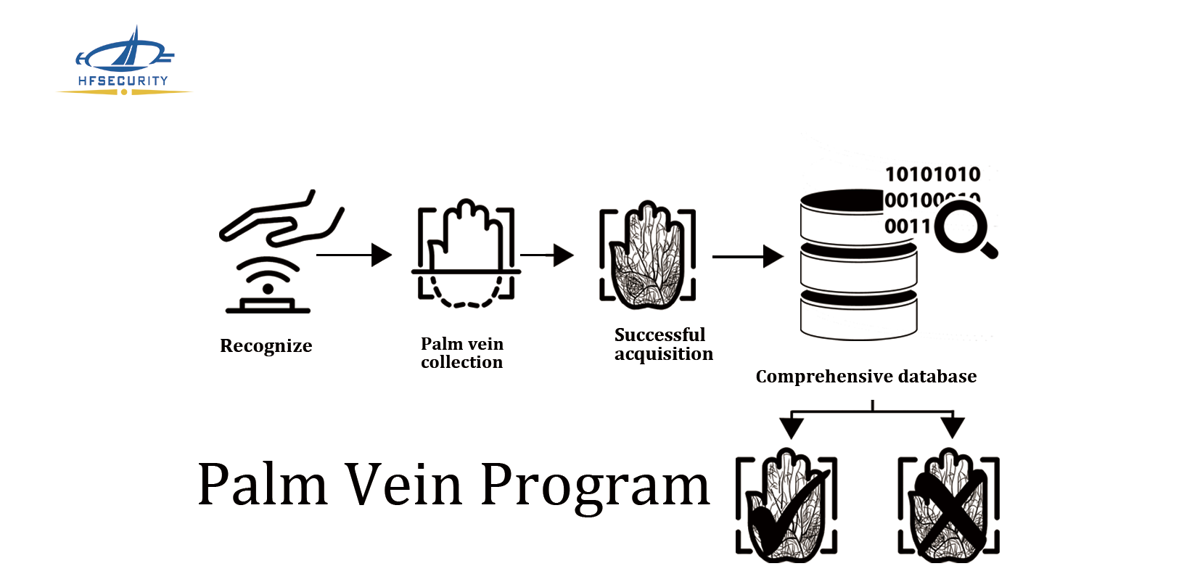
Biometric Palm Vein
Palm vein devices, also referred to as palm vein recognition systems or palm vein scanners, use the unique vein patterns within a person’s palm for identification and authentication purposes. These patterns, which are distinct to each individual and remain relatively stable over time, are captured using near-infrared light. The hemoglobin in the blood absorbs this light, making the veins appear as dark lines in the resulting image.
HFSECURITY Palm Vein Manufacturer
Contact us today for a complimentary quote or further details.

MP30 Palm Vein Recognition Device
The multi-modal palm print and palm vein recognition device MP30 uses advanced biometric technology and combines palm print and palm vein characteristics to provide efficient, accurate and secure identity authentication. It not only has a high degree of reliability,but also can adapt to various environments and usage scenarios, bringing users a convenient and secure authentication experience.

VP920 Palm Vein Module Device
The HFSecurity VP920 is a cutting-edge palm vein recognition module that delivers fast and accurate palm vein recognition using high-precision imaging and advanced algorithms. Its compact design and flexible interfaces make it ideal for applications such as access control, attendance management, secure payments, and smart campuses.

VP910 Palm Vein Recognition Module
The VP910 palm vein module utilizes advanced biometric technology to ensure high anti-counterfeiting capabilities and non-contact operation. Its easy integration makes it ideal for use in financial systems, public security systems, education systems, and other security applications.

VP930Pro Dual-modal Palm Vein Scanner
The HFSecurity VP930Pro is a dual-modal biometric scanner that integrates palm print and palm vein recognition. It supports match on device and match on server, providing flexible deployment options for secure payment applications and efficient access control systems.

FR05P Palm Vein Face Access Control
The FR05P Palm Vein Face Access Control is a 5-inch facial fingerprint recognition device developed by HFSecurity. It features palm vein functionality and utilizes the Face++ facial algorithm for precise facial recognition. This machine employs a world-leading 3D facial algorithm and is equipped with a high-speed processor, ensuring efficient and accurate performance.
Know More About Biometric Palm Vein
Purpose of Palm Vein
Biometric palm vein recognition technology provides highly secure and accurate identification and authentication solutions. Consequently, it is widely used in various sectors, including security, healthcare, banking, and attendance systems. The primary purpose of palm vein technology is to ensure that only authorized individuals gain access to secure areas or systems, thereby reducing the risk of unauthorized access and fraud. By leveraging the unique patterns of veins in an individual’s palm, this technology thus offers a highly reliable method of verifying identity.
Near-Infrared (NIR) Light Source
This component emits near-infrared light, which effectively penetrates the skin and, as a result, illuminates the veins beneath the surface.
Image Sensor
The image sensor captures the reflected light from the veins. This is because hemoglobin in the blood absorbs the NIR light, causing the veins to appear as dark lines in the captured image. Consequently, this contrast allows the system to accurately identify the vein patterns and use them for reliable biometric authentication.
Processor
The processor analyzes the captured image to extract the unique vein pattern.
Template Storage
The extracted vein patterns are converted into templates, which are securely stored in a database for future comparison.
Software
The software manages the entire recognition process, from image capture and template creation to matching and authentication.
How Biomtric Palm Vein Works

Image Acquisition: A near-infrared light source illuminates the palm, allowing a specialized sensor to capture the intricate vein pattern beneath the skin.
Template Creation: Advanced algorithms process the captured image to extract unique features and convert them into a digital template.
Verification: During authentication, the system compares the live scanned template against stored templates to confirm identity with high accuracy.
Advantages of Biometric Palm Vein
There are several reasons to choose biometric palm vein technology over other biometric methods:
High Accuracy: Palm vein patterns are unique to each individual, offering a high level of accuracy in identification.
Non-Intrusive: The technology is non-contact, ensuring hygienic and convenient use.
Security: Vein patterns are internal and cannot be easily replicated or altered, providing a higher level of security.
Stability: Vein patterns are stable over time, reducing the need for frequent re-enrollment.
Flexibility: The technology can be used in a variety of applications and can be easily integrated into existing systems.
